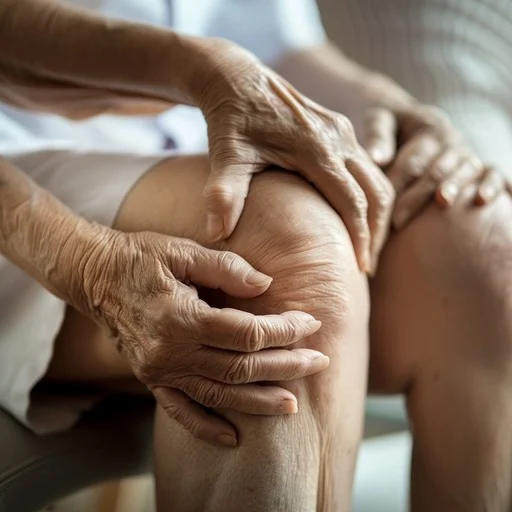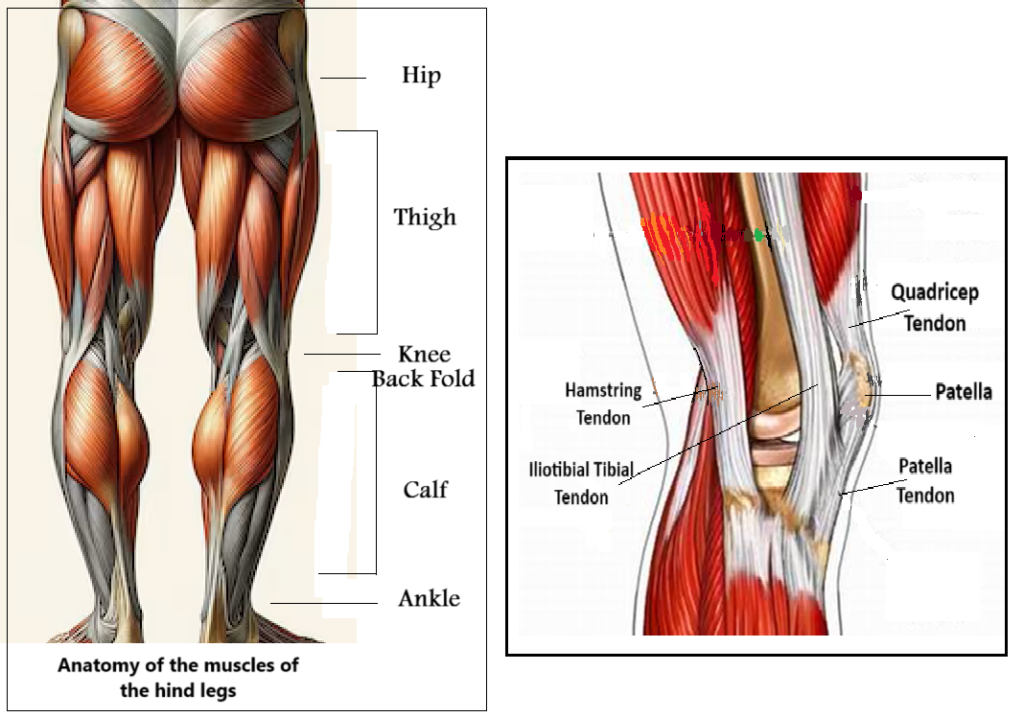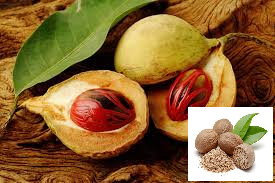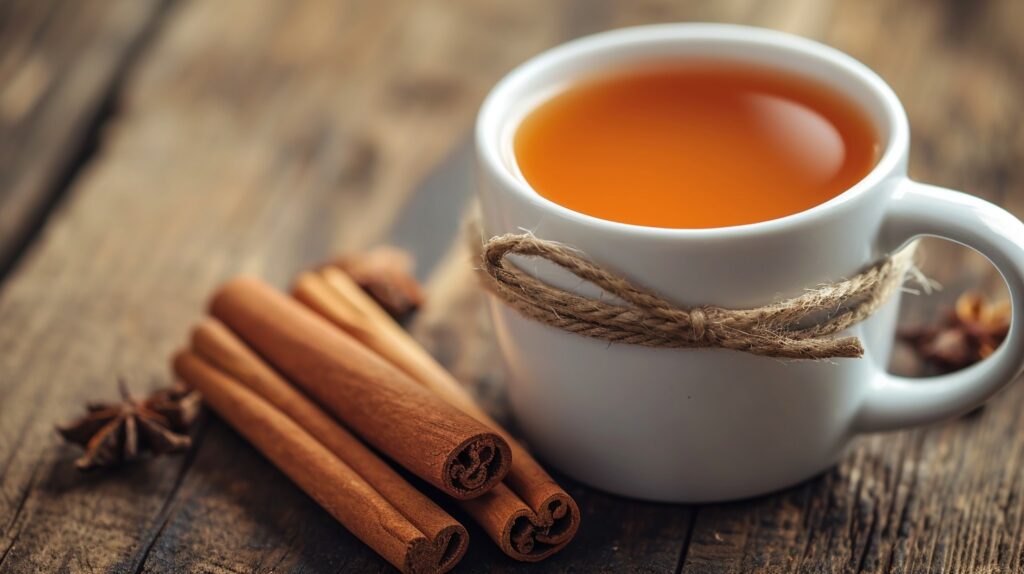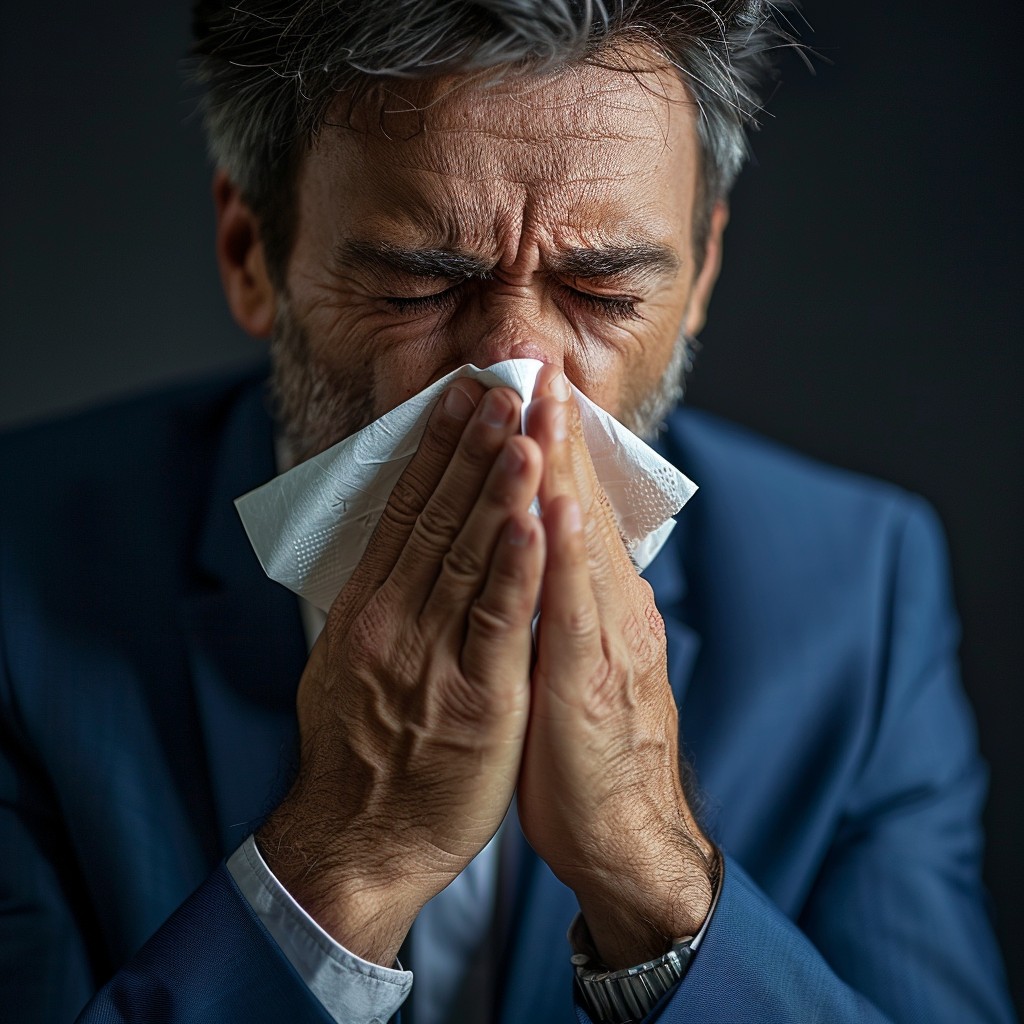Latin Name
Cabe Puyang, also known as Javanese long pepper, is scientifically named Piper retrofractum. It belongs to the Piperaceae family, the same family as black pepper (Piper nigrum).

Plant Origin and Preferred Growing Habitat
Cabe Puyang is native to Southeast Asia, particularly Indonesia, Thailand, and Malaysia. It thrives in tropical and subtropical climates with warm temperatures and moderate rainfall. This plant prefers well-drained, slightly acidic to neutral soil and is commonly found growing in home gardens, forest edges, and agricultural fields. Cabe Puyang is a climbing vine that requires support, such as trellises or tree trunks, to grow efficiently.
Benefits as an Herbal Medicine
Cabe Puyang has been traditionally used in Javanese and other Southeast Asian herbal medicine systems. Its active compounds include piperine, flavonoids, and essential oils, which contribute to its medicinal properties. Some of its well-known benefits include:
- Boosting Circulation and Warming the Body – Cabe Puyang has a natural heating effect, making it useful for improving blood circulation and relieving cold-related conditions.
- Relieving Joint and Muscle Pain – The warming properties help alleviate stiffness and discomfort caused by rheumatism or muscle fatigue.
- Enhancing Digestive Health – It stimulates digestion, improves appetite, and helps relieve bloating, nausea, and flatulence.
- Increasing Stamina and Reducing Fatigue – Traditionally used as a natural tonic to boost energy levels, particularly for men’s vitality.
- Treating Respiratory Issues – Used in traditional remedies to alleviate coughs, colds, and mild asthma by acting as an expectorant.
- Managing Blood Sugar Levels – Some studies suggest that Piper retrofractum may help regulate blood sugar, making it beneficial for those with insulin resistance.
How to Process Cabe Puyang as Medicine
There are various ways to prepare Cabe Puyang for medicinal use. Here are some common traditional methods:
- Herbal Tea
- Dried or fresh Cabe Puyang is crushed and boiled with water.
- Simmer for about 10-15 minutes.
- Strain and drink warm, optionally adding honey or ginger for added benefits.
- Powdered Form
- Dried Cabe Puyang is ground into a fine powder.
- Mixed with honey or warm water and consumed for stamina and digestive health.
- Infused in Herbal Oil
- Dried Cabe Puyang is infused in coconut or sesame oil for several weeks.
- Used as a topical massage oil to relieve joint and muscle pain.
- Herbal Jamu (Traditional Tonic)
- Blended with other herbal ingredients such as turmeric, ginger, and tamarind to create a powerful health tonic.
- Consumed daily to maintain stamina and overall well-being.
Conclusion
Cabe Puyang (Piper retrofractum) is a potent medicinal herb with a long history in traditional Southeast Asian medicine. Its warming properties, ability to enhance circulation, and digestive benefits make it a valuable natural remedy. Whether consumed as tea, powder, or infused oil, Cabe Puyang remains a powerful herb for maintaining health and vitality.


